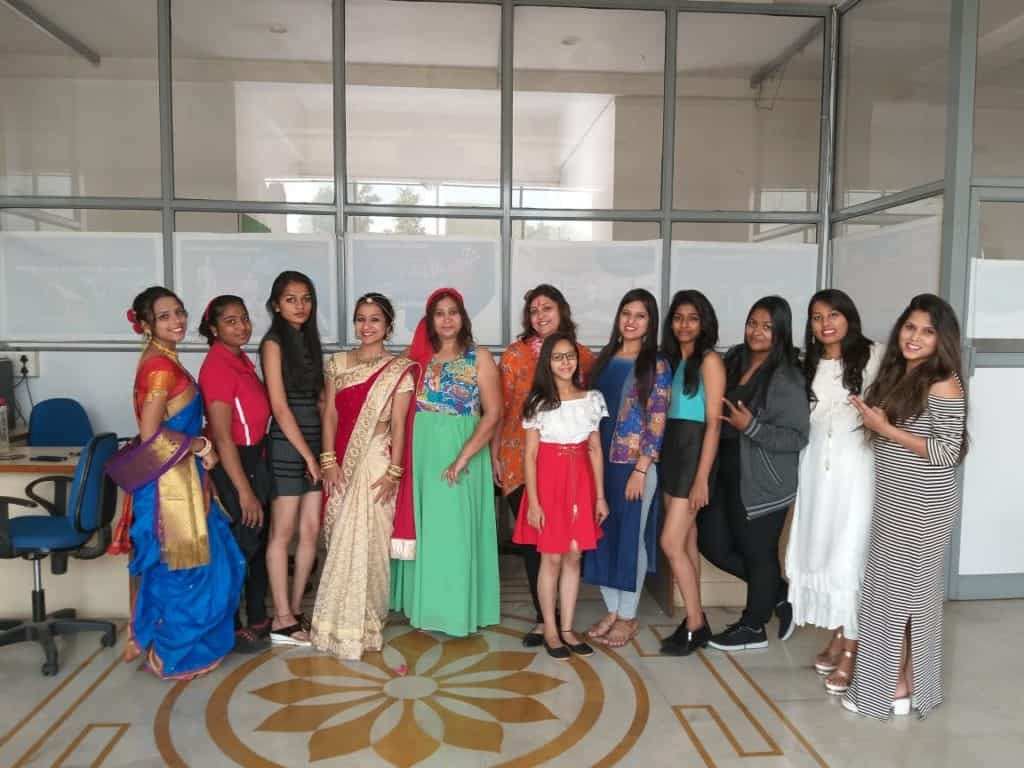Harish Ghaware, who drove private tourist cabs plying between Pune and Mumbai, ferried his last passenger on Gudi Padwa (Marathi New Year) in March. “Then came the lockdown and I could no longer drive the tourist cab.”
But Harish had to keep the kitchen fire burning and like many others, realised that at that point only essential goods would sell. “I took to buying vegetables from the villages on the outskirts of Pune and selling them in the city,” he says.
“In the middle of the night, I would travel to Manjri, Loni, Narayangaon, Chakan in a tempo to buy vegetables and by 4 am I would be back in the city. I shared on WhatsApp with all my contacts that I had got into vegetable business and that we were doing home deliveries.”
Harish got good response during April-June, delivering in neighbourhoods like Bhavani Peth, which were COVID-19 hotspots. But after the Unlock 1 phase in June, when the supply chain was resumed and fruits and vegetables were made available in markets easily, Harish Ghaware’s business came to a halt.
He finally got a job as a driver in September after being unemployed for three months. “One of my former customers referred me to his friend who needed a driver. It has been a month since I have started driving a car again.”
Selling vegetables was a risky job during the lockdown, points out Harish, because the police would catch vehicles at various nakas and toll booths. They even had to pay bribes on some occasion. Plus, the vegetables had to be packaged in medicine boxes as those were the only goods that could be supplied during the lockdown.
“I didn’t want my family members to help me because my daughters are young. One is studying engineering and another one is in school. My wife had to take care of our ailing mother,” Harish says.
Harish Ghaware is just one among thousands of such workers in Pune who are facing serious survival issues even to this day. The salaried, blue- collared and daily wage and informal workers have all suffered during, and even after the lockdown, and are looking at means to staying afloat.
Slow unlock
“Does anyone know when the coronavirus pandemic will end?” asks a desperate Kavita Gaikwad, who works as a domestic help. “Many homes, where I worked have turned me away, scared as they are of the virus.” In pre-COVID times, she worked in 10 homes, of which only four have employed her again.
During the lockdown, when she couldn’t step out for work, Kavita was paid only half salary by her employers. “But that’s not enough. We have to pay my son’s school fees. My husband is a rickshaw driver and he couldn’t drive his vehicle during those three months. Even now his business isn’t doing so well.”
Similarly, with schools and colleges yet to open, teachers and other institutions are scrambling to make ends meet. A case in point is Mantra Institute of Design whose founder-director Ketaki Magikar struggles to manage. “Previously, I used to teach in various colleges as visiting faculty,” says Ketaki. “My colleague and I then decided to start a design institute of our own. We have been running Mantra Institute of Design for the last five years now.”

The Mantra Institute of Design is a small scale unit started under the Digital India programme. “It’s a digital course and we use design software like AutoCad, 3D Max, Google SketchUp. The syllabus has been designed according to the market demand. We have two in-house faculty for the fashion designing course and the rest are visiting faculty,” she adds.
February-August is when the institute spends on advertising, marketing and enrollment. But since March 2020, the Mantra team has been hard pressed to find enquiries for the two-year course. “We have had no new admissions,” she says.
At the moment, Ketaki is hoping that the state government allows educational institutes to reopen so that we can complete the course for our current batch of students. The Mantra Institute has 20 students for both fashion and interior designing. They are not hosting online classes because it is not possible to teach cutting, stitching online. The students don’t have the sewing machines nor do they have a cutting table at home, the instructors point out.
“Our big advantage is that ours is an autonomous course and we were not affiliated to any university. Whenever the state government gives the go-ahead, we intend to complete the syllabus of first-year students and start the second year programme as well,” says Ketaki.

Bleak future
Those working in the fitness industry too have similar woes to narrate. Shut down since March, the Maharashtra government, has allowed gyms to reopen from Dussehra.
Pune’s parks and jogging tracks which have been closed for seven months, except for a brief resumption during Unlock 1, will now be opened to the public from November 1st. The guidelines for their reopening are yet to be issued. The decision on opening of Deccan Gymkhana’s gymnasium is likely to be taken on November 2nd, whereas the tennis court has already started functioning.
But Bibhishan Deokar won’t be among those who will resume work. “My services were terminated from September 1st,” says Bibhishan. “I was looking after the maintenance of tennis courts of Deccan Gymkhana. I was a permanent employee and I had seven years of service left.” He was paid half salary during the lockdown and thereafter when sports facilities remained closed in Pune.
“Two other women employees were also asked to go. The labour union has filed a case in labour court. I don’t know how long the hearing will continue and if we have to go to higher courts. Let’s see,” says Bibhishan, whose son works on maintenance of the swimming pool in the same club.
Bibhishan, who has no source of livelihood currently, hopes to start a shop selling home products like sliding windows. “One of our relatives is into manufacturing of sliding windows. We hope to start a shop selling those, by Diwali,” he says.
Ketaki, on the other hand, is keeping in touch with her students over Zoom calls. “We tell them to browse interior design websites, to sketch their designs, themes and to keep their sketchbook ready. If the data is ready, they can immediately start working on the project already assigned to them, once we resume classes.”
When remains the question, though.